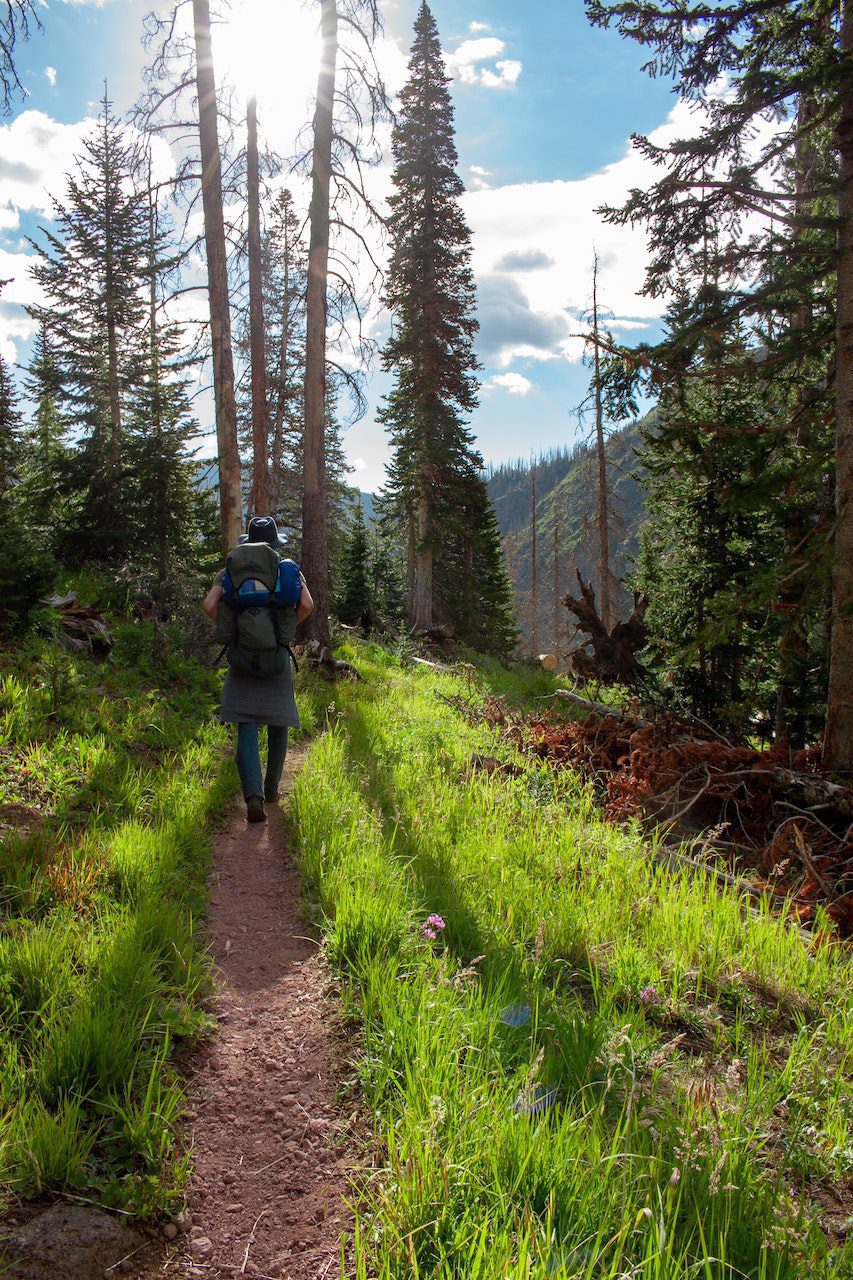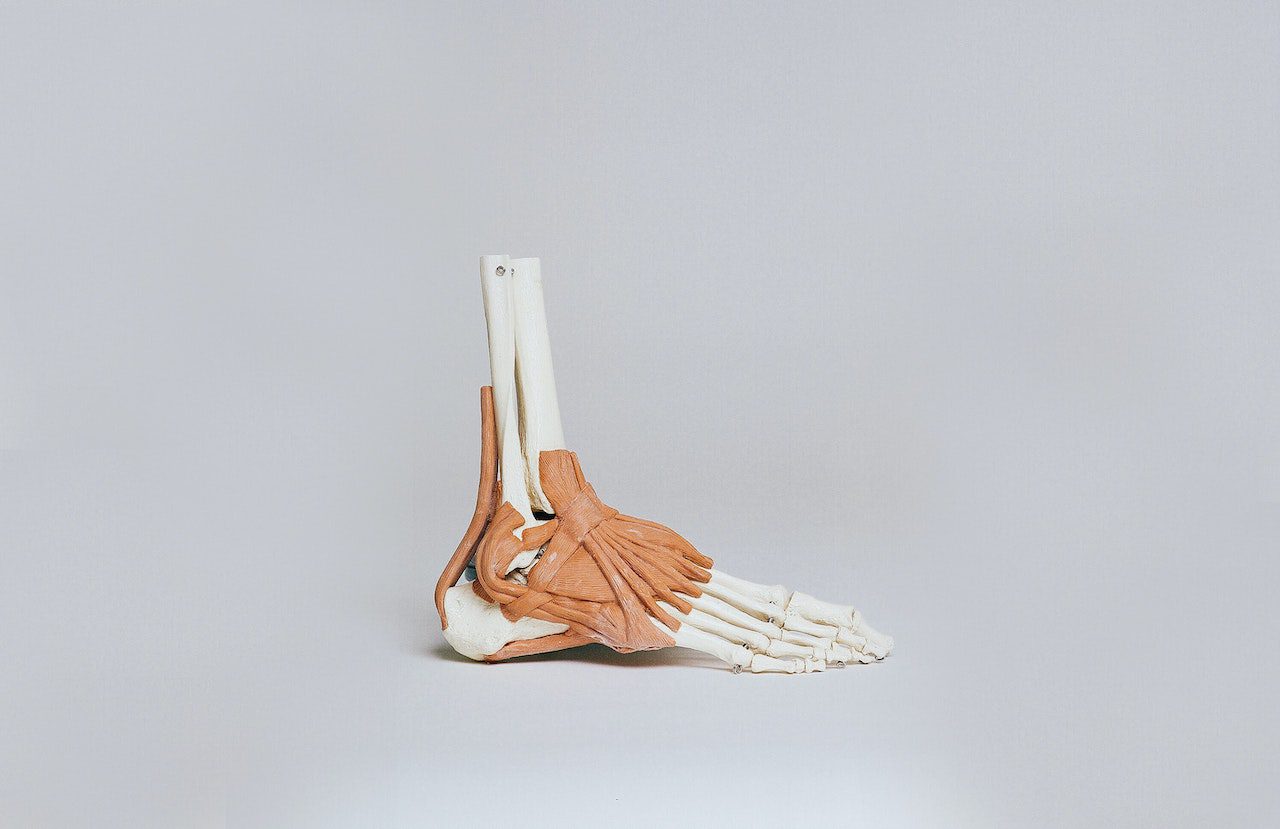
Hiking With Bad Knees. 5 Tips On How To Protect Your Knees When Hiking
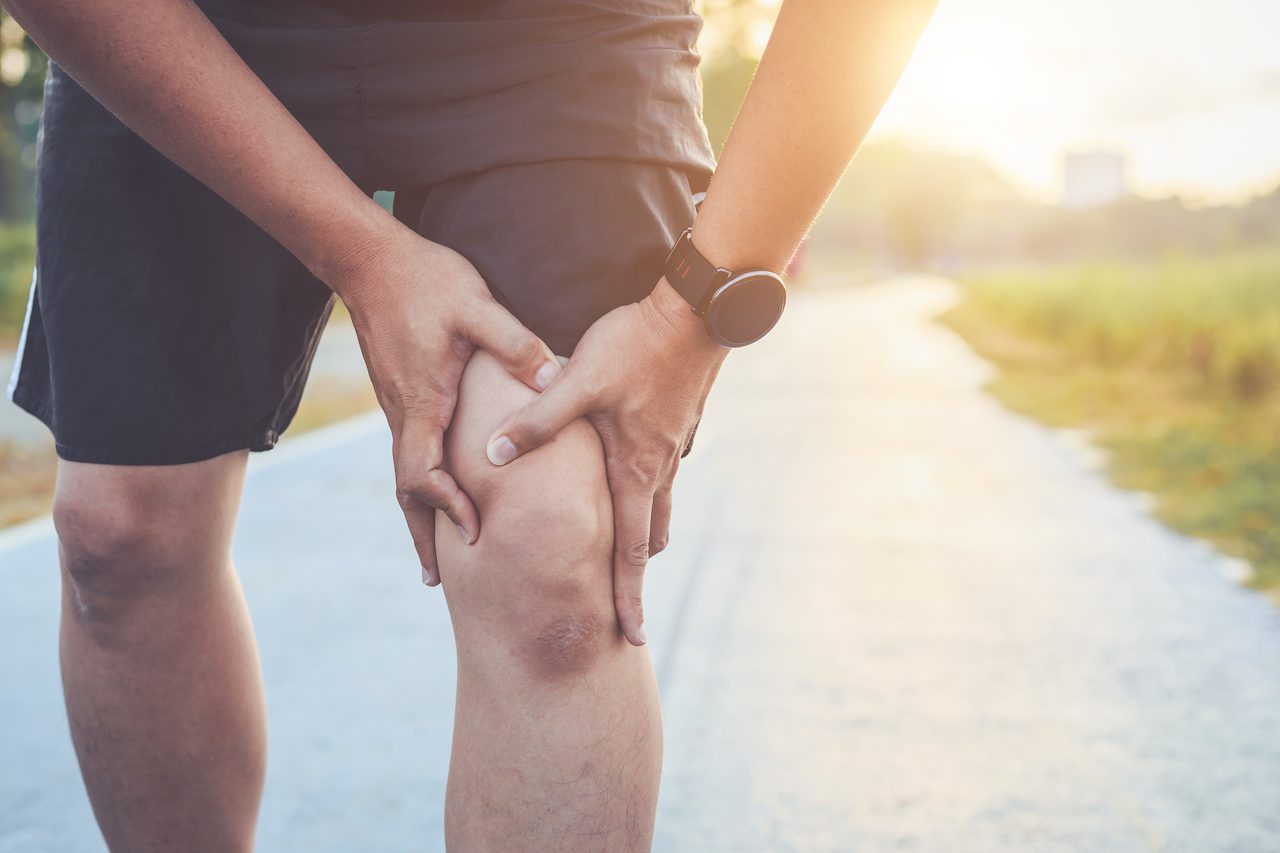
We all love hiking in the great outdoors, but if you have bad knees, it is essential to take the proper precautions to prevent knee pain from ruining a good hike. Knee pain alone can be very debilitating, but when coupled with a long-distance hike, it can be downright miserable and, if bad enough, can keep you off the trail for a while. That is why it is essential to know how to protect your knees and manage your knee pain when hiking.
As both an avid hiker and an orthopedic surgery physician assistant, I have experienced and treated knee conditions both on and off the trail. Here are five tips that will help you protect your knees for many miles to come!
- Stretch/warm-up
- Wear Proper Hiking Boots
- Use Hiking Poles
- Pack Smart
- RICEN (pain relievers, rest, ice, compression, elevation, NSAID’s/Pain relievers)
Stretch/Warmup:

Stretching and warming up are crucial aspects of the pre and post-workout ritual whenever doing any exercise. This get’s your muscles moving and your body ready for exercise.
Now I know there are a bunch of weekend warriors out there who do not stretch ever, but I encourage you to do so before embarking on your hike because it is a simple activity that can help prevent a sprain or injury when out on the trail.
For lower intensity exercising such as hiking, it is a good idea to perform static stretches for your major muscle groups, including your quads, hamstrings, calves, and back. Here is a link to some helpful stretches.
Wear Proper Hiking Footware:
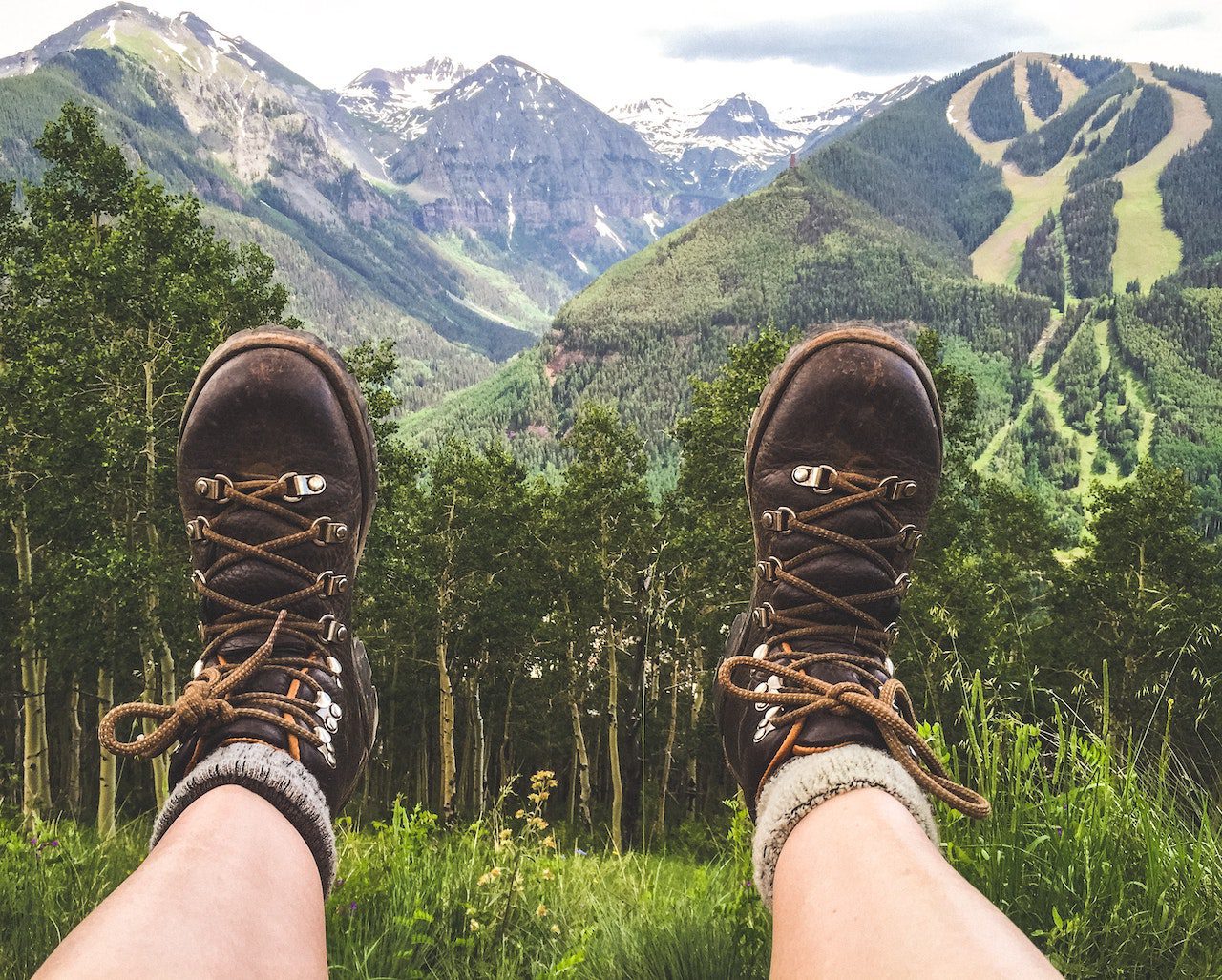
Okay, this may seem like a no-brainer, but it must be said. You need to wear a supportive shoe whenever you are hiking, but this is even more so when trekking with bad knees. The reason is that with every step we take, pressure is distributed throughout our leg (our knee), and each step begins with our boot hitting the ground, making it essential to have adequate footwear to help dissipate that pressure.
If you have bad knees and typically hike with running shoes, I would say a change in footwear is a great place to start getting those knees back on track. Learn about all of the different hiking footwear options out there and the best one for you!
Use Hiking Poles:
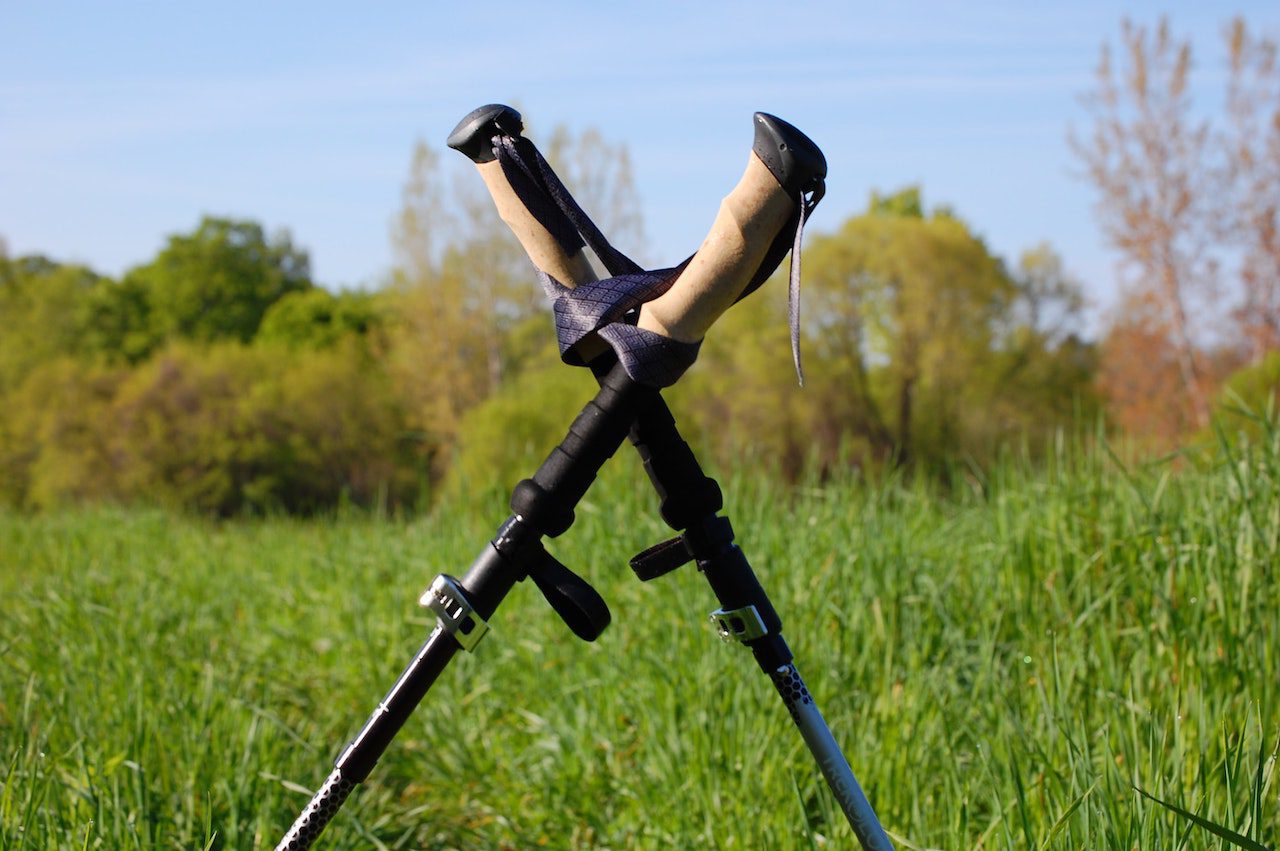
Now, these are an absolute must-buy and are something that you will immediately take notice of when you use them for the first time. When I first saw these things, I thought, no way am I using those sticks, but then I started injuring my knees, and I decided to give them a shot. Boy, was it worth it! Although they looked dorky, I will say I immediately noticed the difference when using them, and now I will never go on a hiking trip without them!
One of the reasons these poles work so well is they act as another shock absorber for your knees, and each time you take a step while using them, you reduce the pressure and load on your knees. Not only do they take a load off of your joints, but they also provide fantastic stability when hiking on uneven terrain, especially on the downhill, which is every hiker with a lousy knee’s worst nightmare! If you’re not sure what kind of poles to purchase, check out our recommendation here!
Pack Smart:
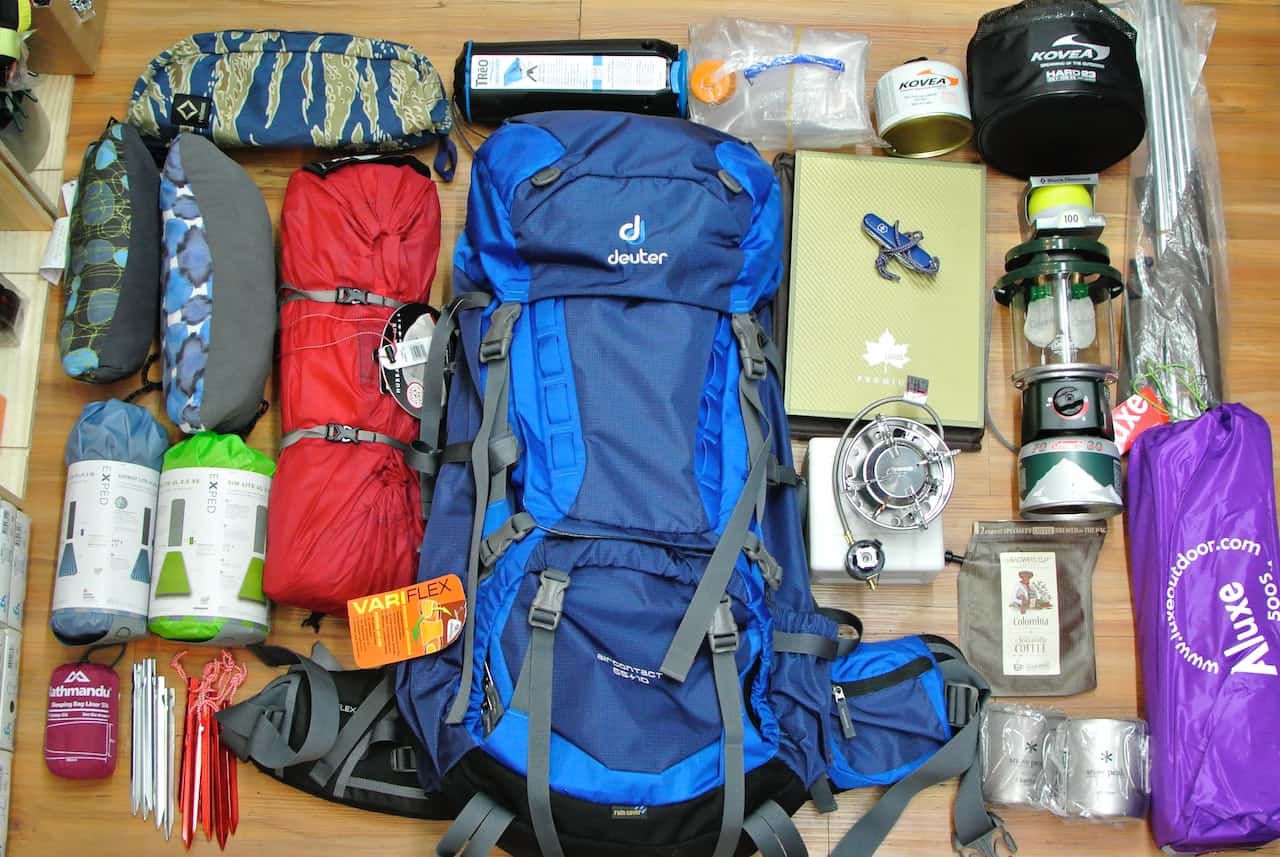
Be mindful of how much weight you will be carrying in your pack. An overweight pack can cause severe discomfort during your hike and can even lead to injury. Be sure to try on your backpack before going out on a long trek to ensure that it is something that you and your knees can handle.
It is crucial to make sure that you are hiking with a reasonable-sized pack, but it is also essential that the method you use for packing makes for efficient hiking. Be sure that most of the weight from your pack is focused on your hips, a good way to do this is by making sure that most of the weight in your pack is at the bottom.
Having weight distribution that is too focused on the upper portion or outside of the backpack can throw you off balance during your hike, leading to falls or twisting injuries to the knee.
RICEN (Rest, Ice, Compression, Elevate, NSAID's):
For many years, rest, ice, compression, and elevation have been the go-to first-line treatment for joint pain. These strategies are beneficial after a long hike where your knees are achy, and you need a speedy recovery!
You can follow this tip is exactly how it is written! After you finish a long hike that took a toll on your knees, take a load off and rest. Relax and use either an ace wrap or compression brace for support. You can keep your knees compressed while hiking as well for added support. Icing your knee after a long day hike while keeping it elevated above your heart can bring down any swelling that you may have.
Finally, consider taking pain relievers such as Tylenol or NSAIDs before/during/after your hike as needed for knee discomfort. Be sure to check with your doctor before taking any new medications.
That's All!
Hiking is a physically demanding exercise and is even more challenging for people with bad knees. But with the proper practices and equipment, you will realize that managing your knee pain may be easier than expected. I hope the above tips will help you in preventing/managing/treating your knee pain. Happy trails!


